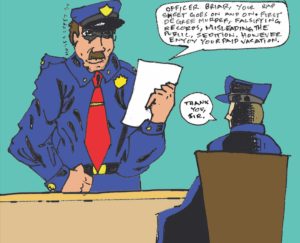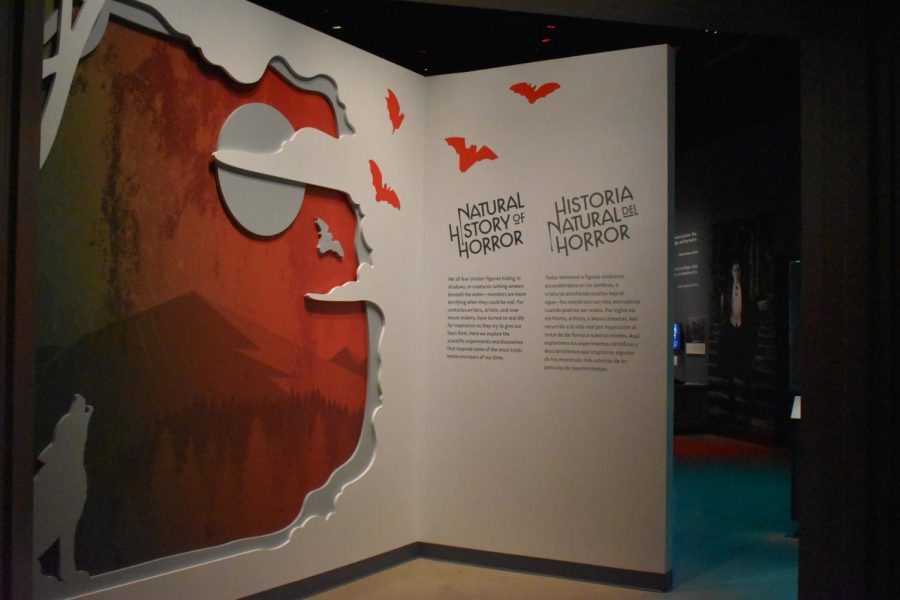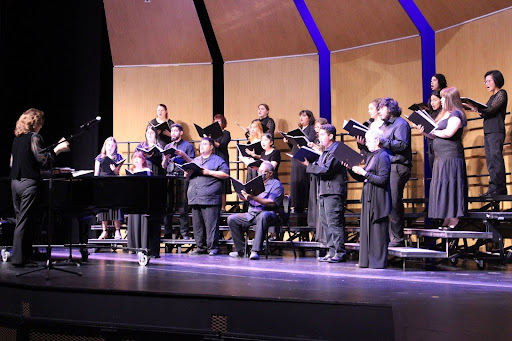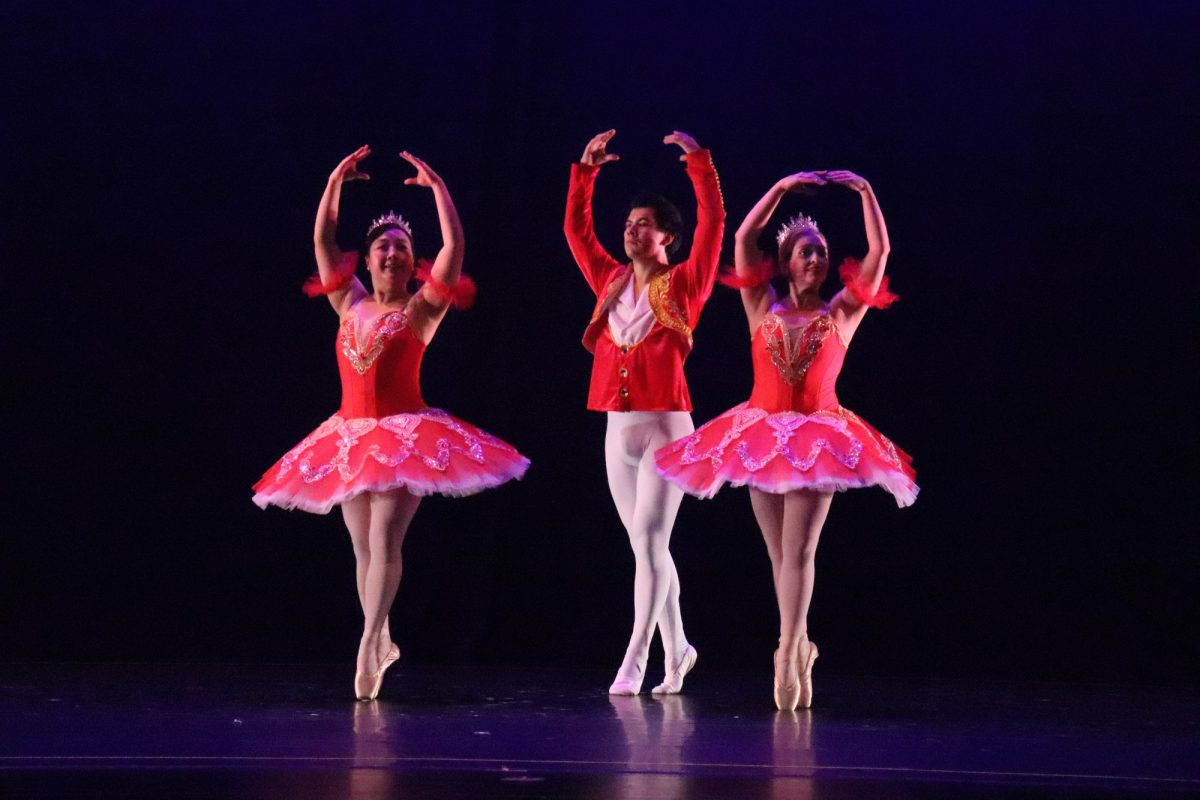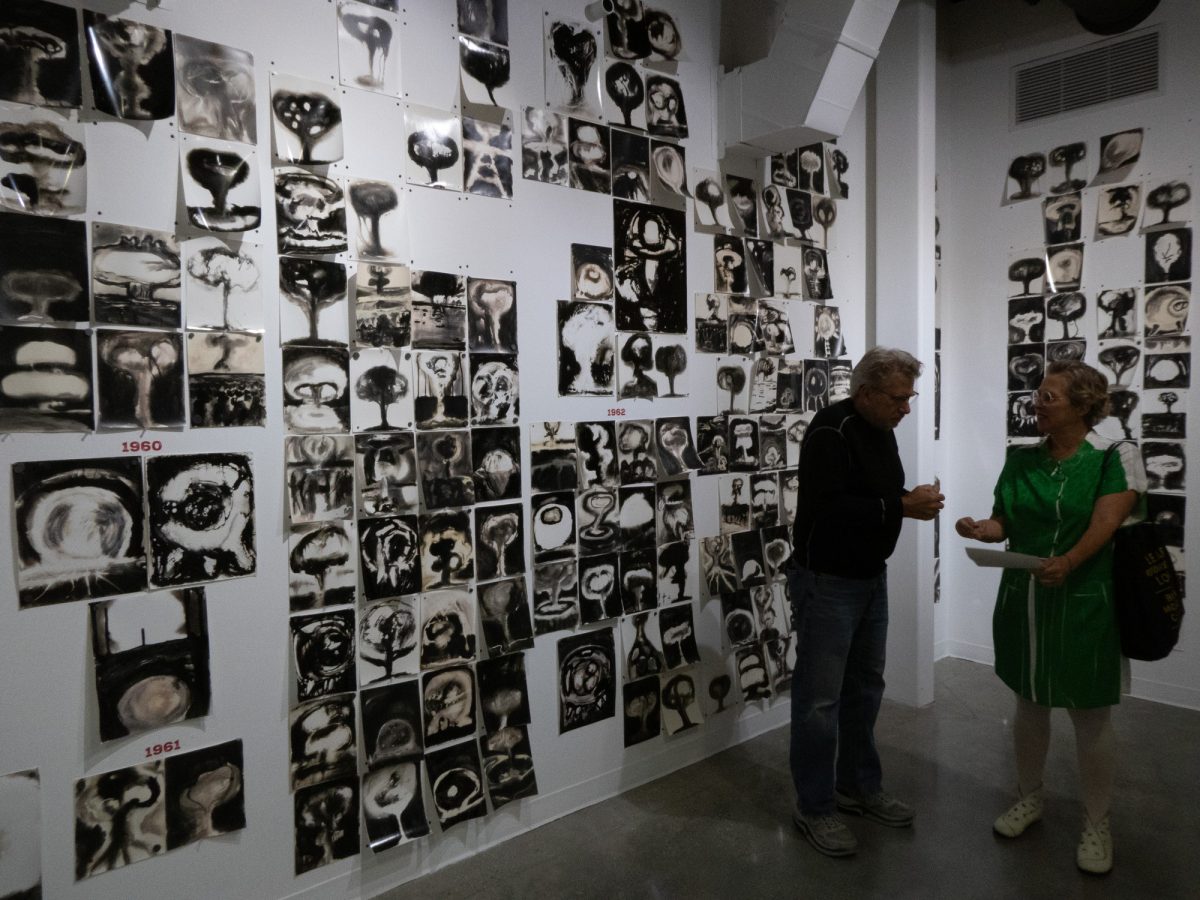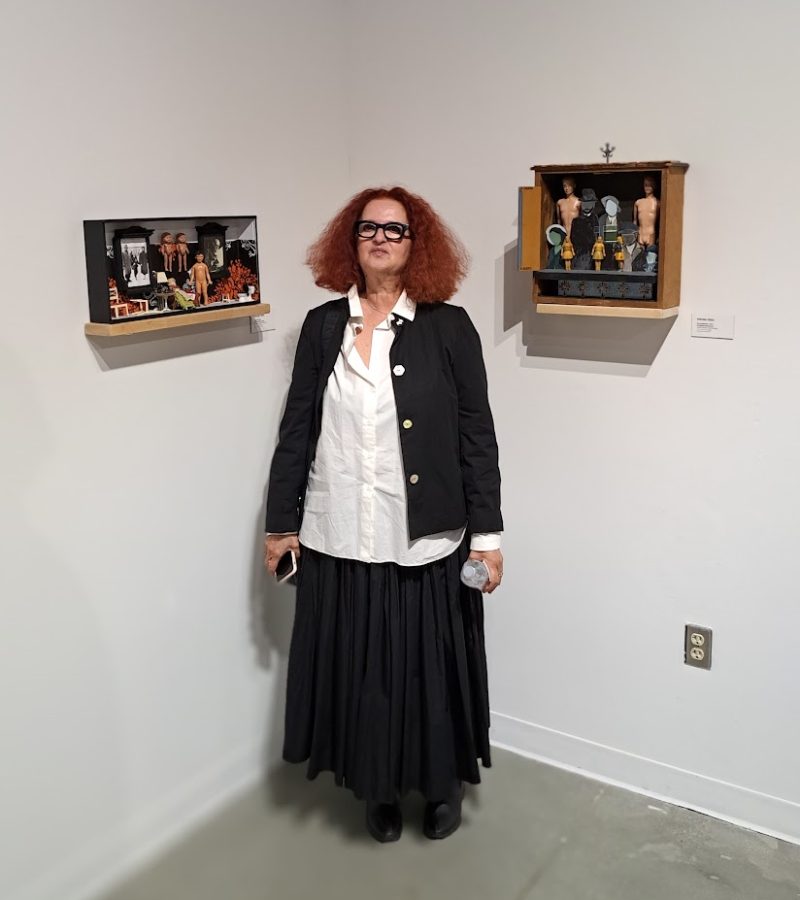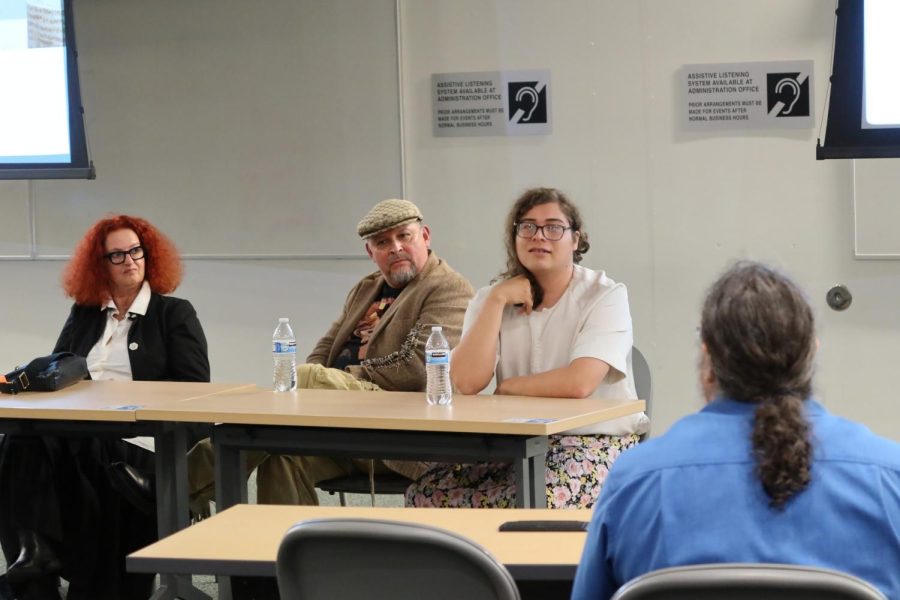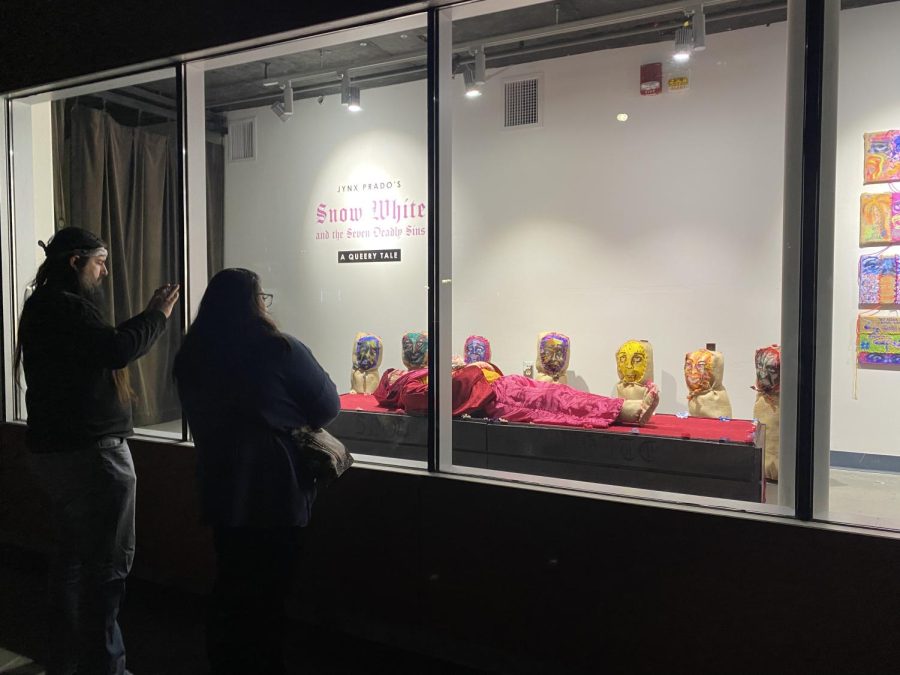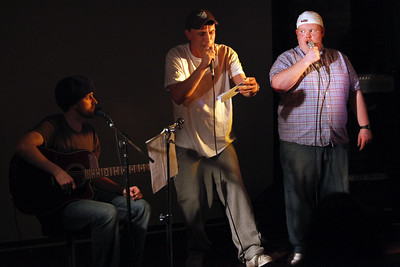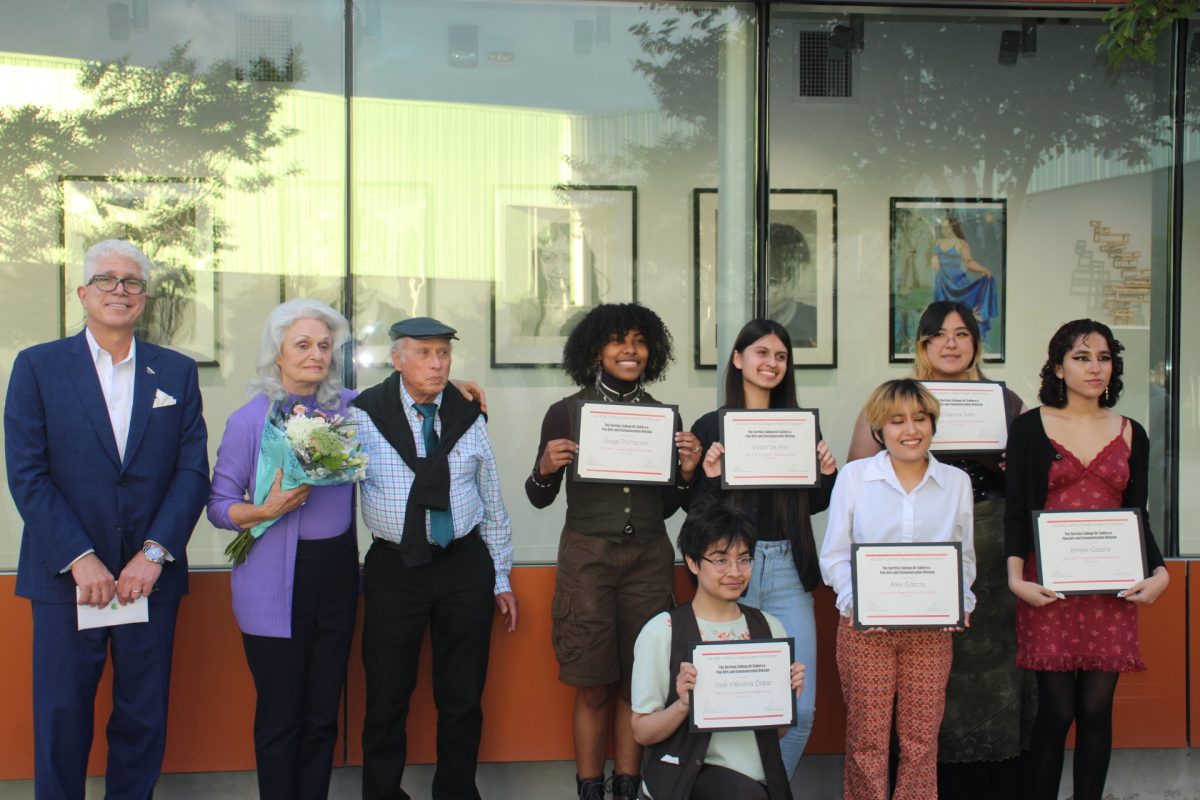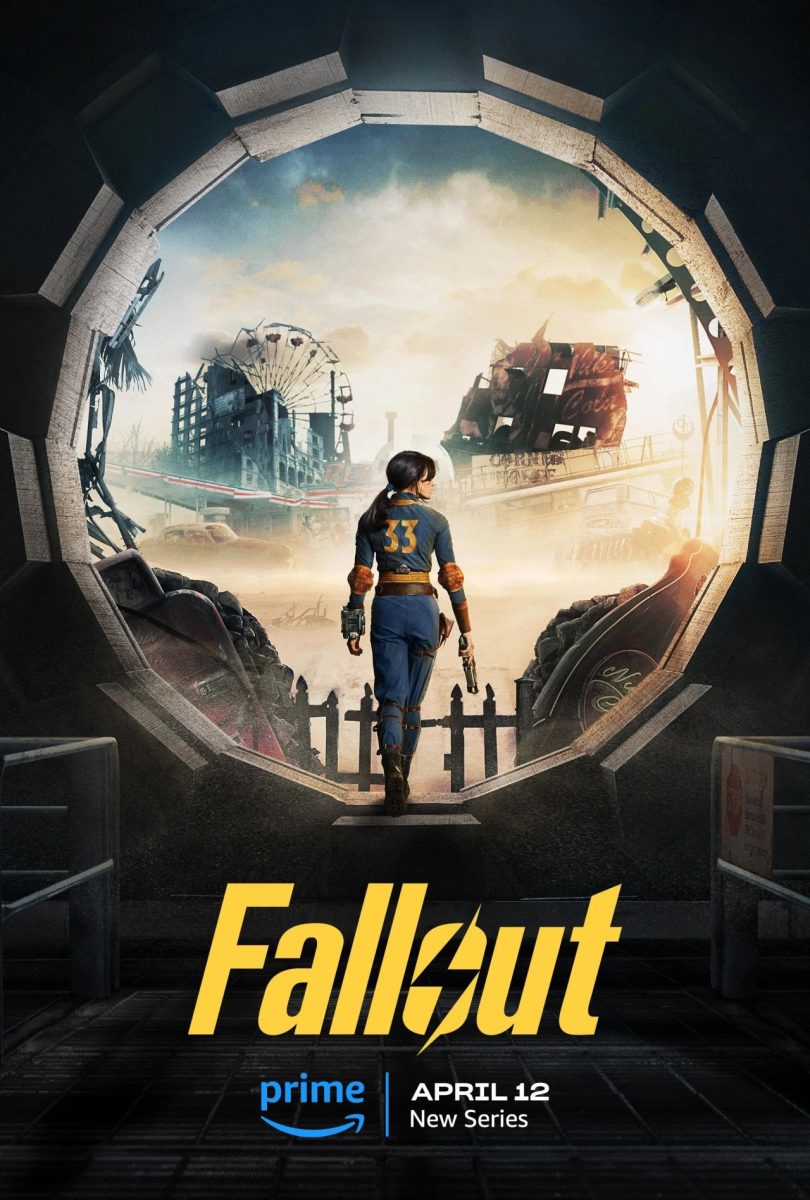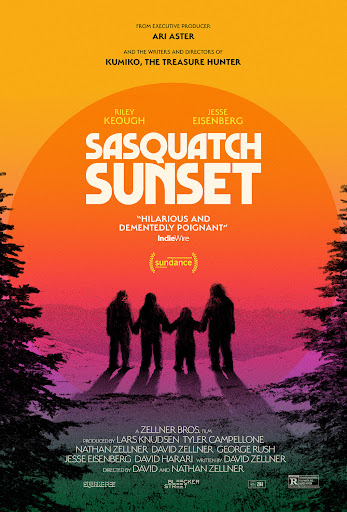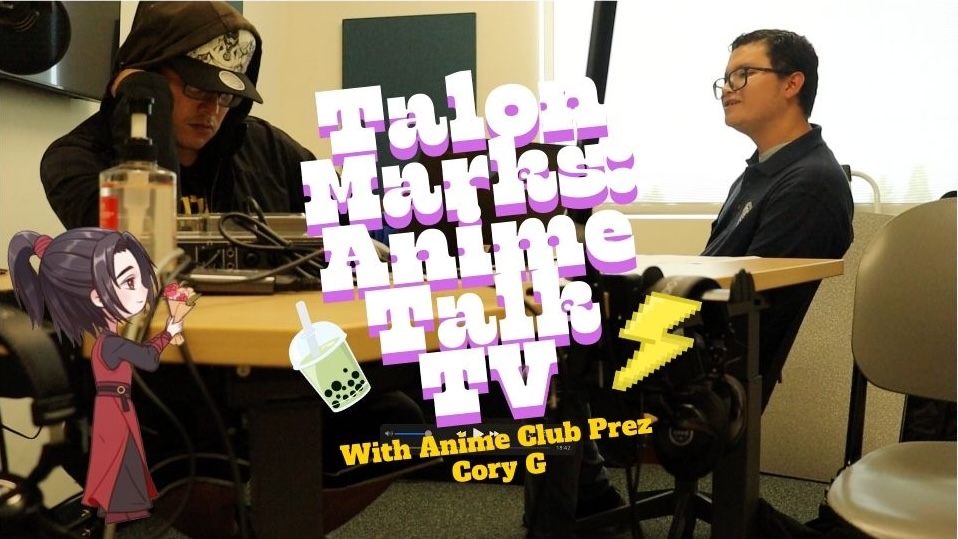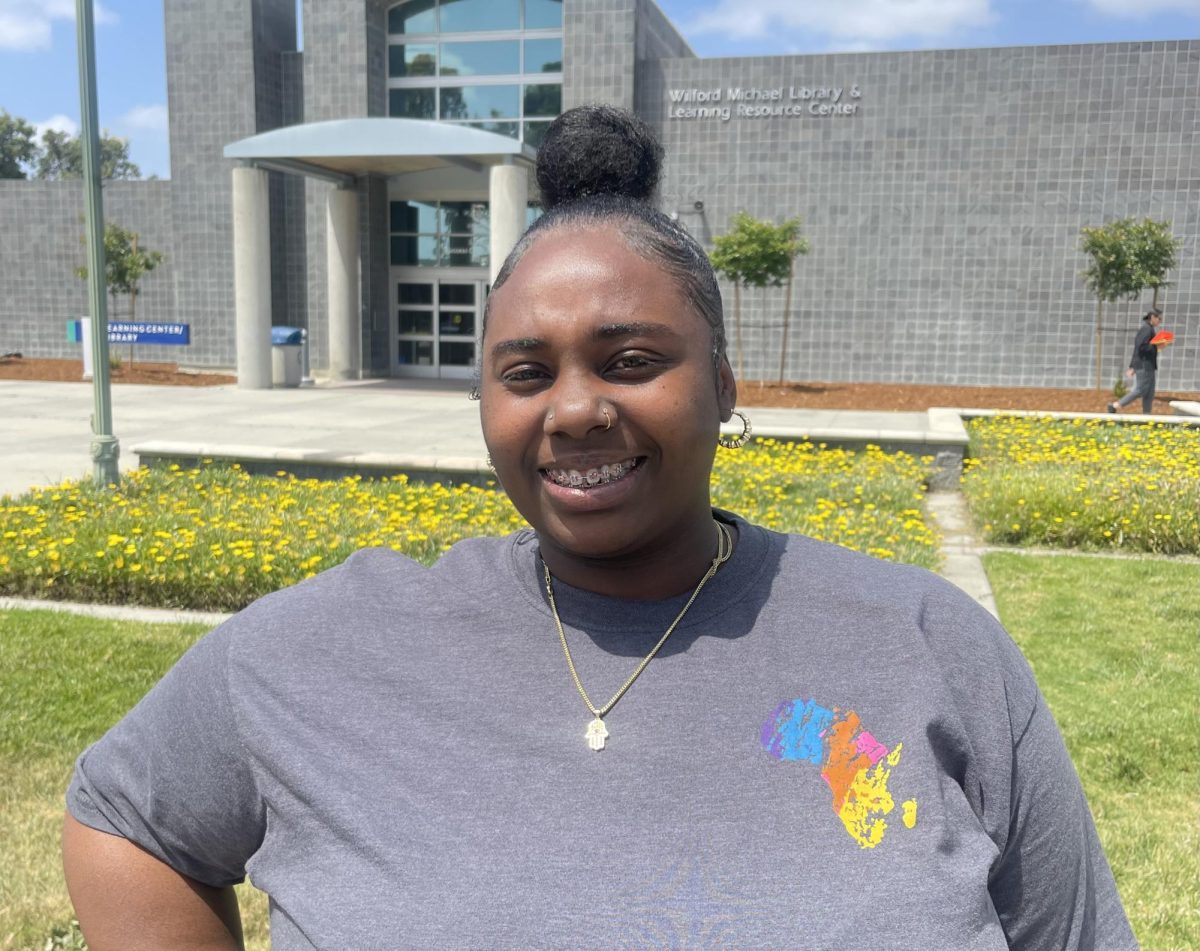The ‘Natural History of Horror’ exhibit explores the scientific discoveries that inspired movie monsters that audiences continue to watch and fear.
Childhood memories resurfaced upon visiting the Natural History Museum; days in which the beautiful displays of artwork, artifacts and more recently a horror exhibit, were so grand and peaceful, remains.
The exhibit premiered on Oct. 10 and displays art and concepts of old horror films, where the monsters in question got their origin from and as well as what techniques were used for horror films in the 50s.
Focusing on “The Creature of the Black Lagoon,” “Dracula,” “Frankenstein” and the “Mummy,” the small dark gallery tells the tales and the reality of how the creatures got their story to continue up to the modern-day.
Upon entering the gallery, “The Creature of the Black Lagoon,” intrigues visitors and greets them with a life-size creature of the lagoon in a glass case. The original mask was sculpted by Chris Muller and gathered the inspiration from real animals from roughly 400 million years ago.
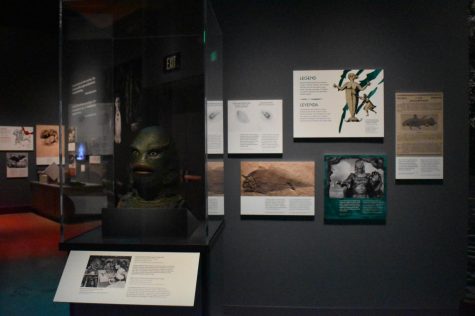
It’s an interesting showcase for people who enjoy horror films and more importantly who enjoy debunking myths and finding the origins of stories.
The exhibit information in the excerpt says the legend of the Black Lagoon comes from a few origins, one of which was the “Amazonian fishermen stories about a creature – half man, half fish – who emerges from the river each year, grabs a young woman, then slips away again.”
Another inspiration for “The Creature of the Black Lagoon” was the discovery of the fish, which was nicknamed “survivor of the lost world,” the coelacanth, which was later made into the film “The Creature of the Black Lagoon.”
The exhibit displays the artwork in a cohesive manner, allowing for the small room to showcase “Frankenstein,” “Dracula,” ‘The Mummy” and “The Creature of the Black Lagoon” evenly.
The lurking, unseen creatures that are displayed were some of the first horror films to have sound. Dracula being the first horror film to have sound incorporated, designers in the film brought it to life by using unexpected items.
While Dracula made its debut in horror films, the origin of Dracula had a darker story.
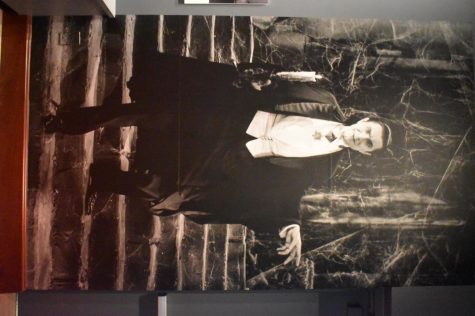
Tuberculosis was an epidemic in the 1800s, with thousands dying, the gallery excerpts explain “it followed shortly by infected friends and family member.
The concept of airborne bacteria was still unknown, so some people thought the dead were returning as vampires to suck away the lives of their loved ones.
While scientists had felt that vampires were a cause of the deadly virus rabies, the origin of Dracula may have come from a few different stories.
The small dark room which held the stories and origins of these monsters answered the question of how each creature came about and opens portals to the human imagination and gives the visitors a different concept of how these horror films came about.
While the exhibit will be available until early 2020, it is worth visiting and reminiscing about childhood field trips and seeing just how grand museums can be.



